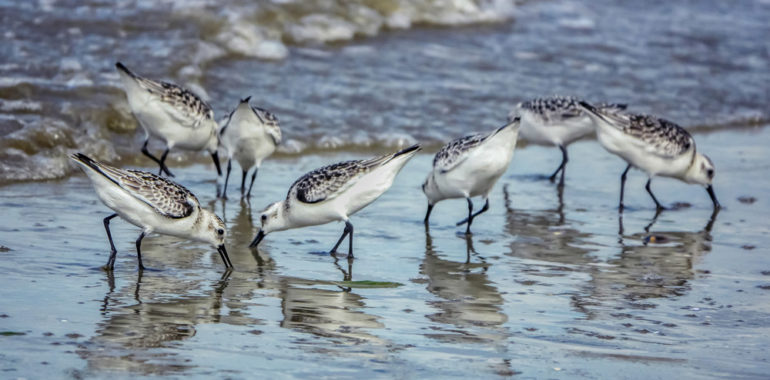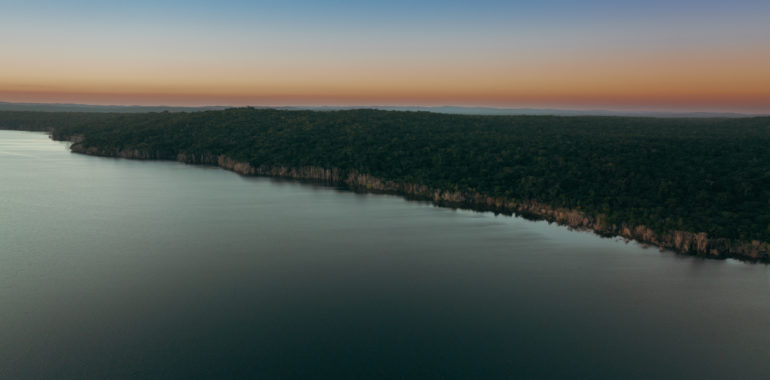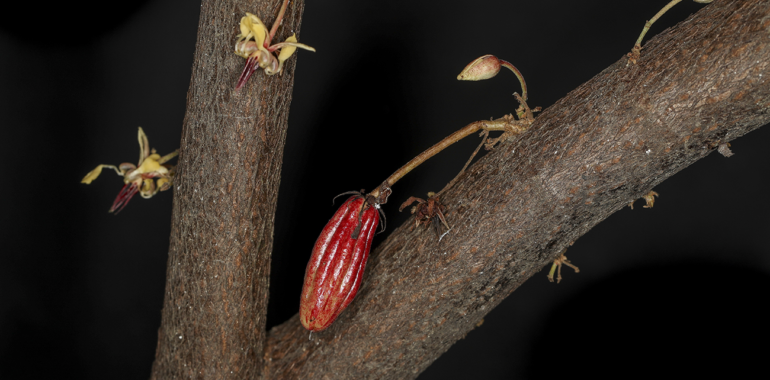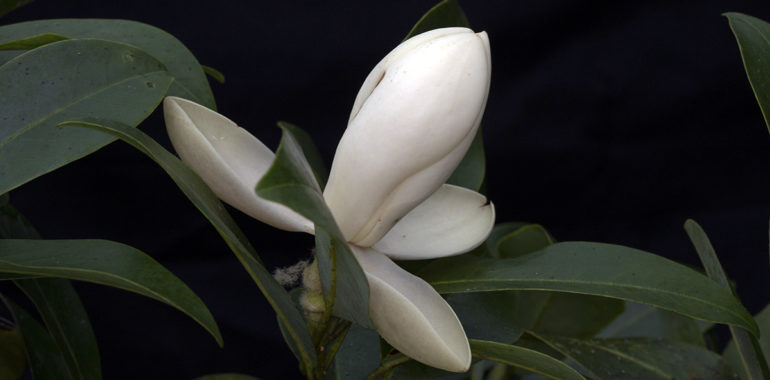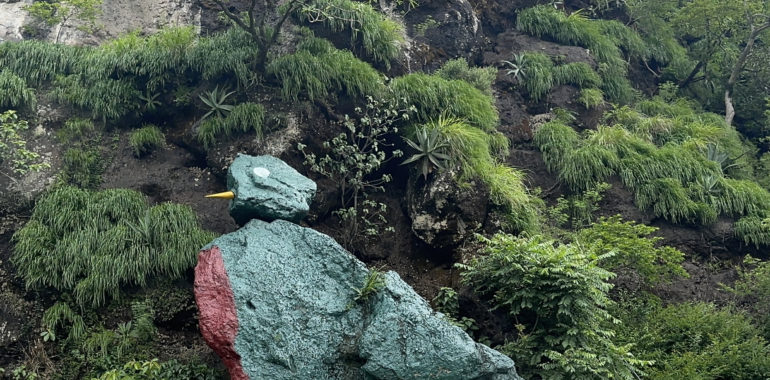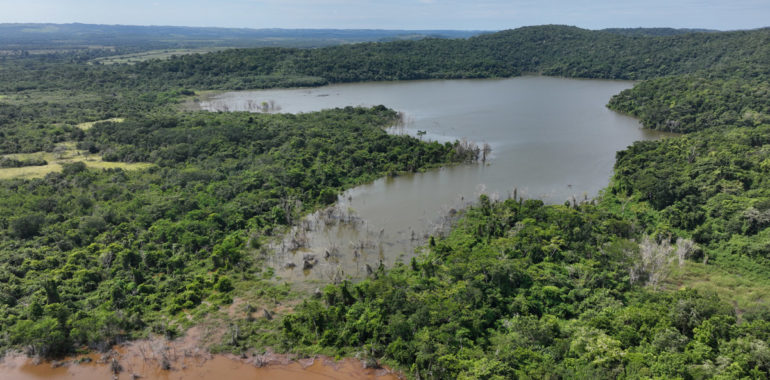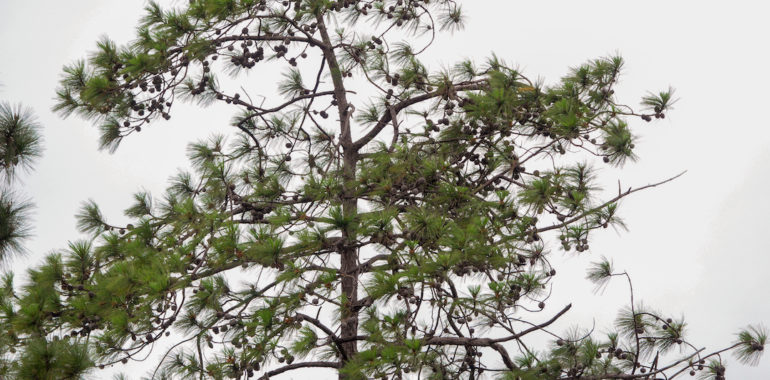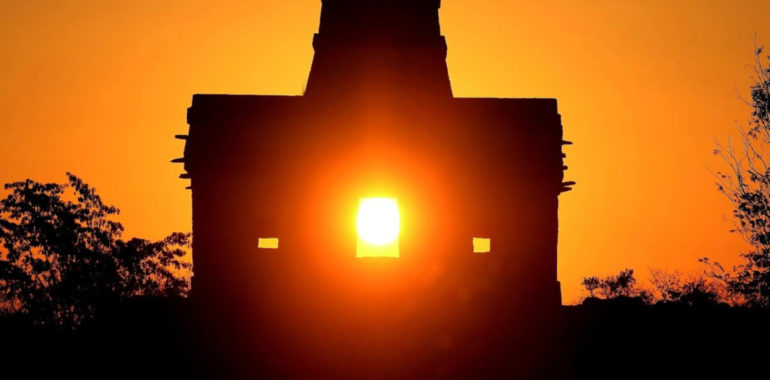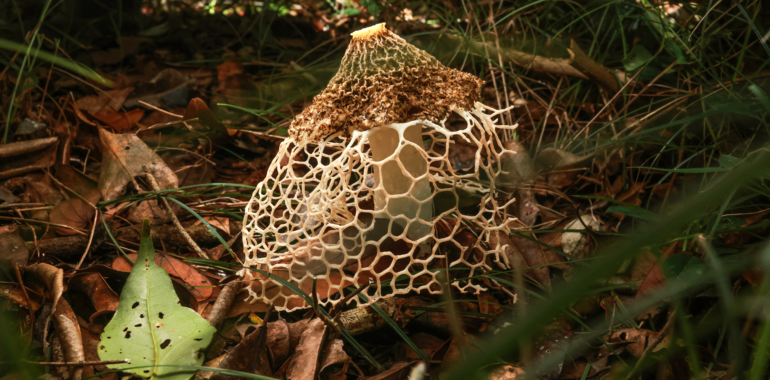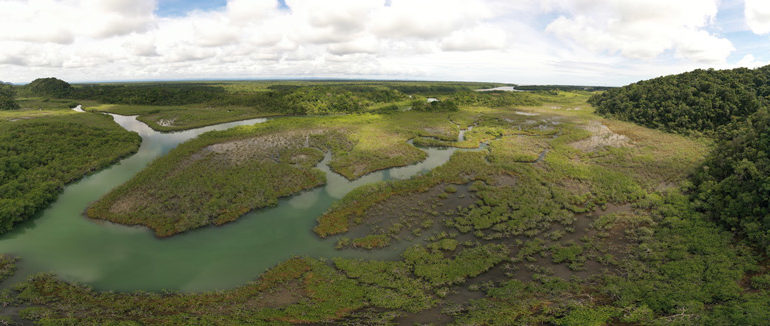Shorebirds are celebrated each year on September 6th. The Western Hemisphere Shorebird Reserve Network (WHSRN) (a conservation initiative for protecting critical habitats for shorebirds throughout the Americas) created it in 2012. The main goals of this date are to promote conservation of shorebirds and their habitats, to raise public awareness about the need for ongoing…
NATIONAL PARKS: A treasure for conservation
International Day of National Parks August 24th, 2023 Parque Nacional Río Dulce. Haniel López, 2021. Every year we celebrate the International Day of National Parks on August 24th. This day raises awareness for global efforts towards conservation. National parks are decreed for many reasons such as historical, aesthetic, scientific value, cultural value, for recreational purposes,…
Cacao in the Mayan Culture and other interesting facts
Cacao is a small evergreen tree in the family Malvaceae. Its seeds, commonly named cocoa beans, are used to make chocolate, cocoa butter, cocoa solids, and chocolate liquor. The cacao tree was an important aspect of Mesoamerican civilizations´ customs and beliefs. Especially for the Mayan societies that utilized cacao for ritualistic purposes. Evidence suggests that…
Trees to admire today, the international day for the preservation of tropical forests
Tropical forests are all forests which are located in the tropics, or put in other words, closer to the equator line. They are generally characterized by higher temperatures, bigger amounts of rainfall, and particularly, broader biodiversity indexes. Taking into account that tropical forests are those that grow in the tropics, they can be classified according…
The Quetzal bird is great national symbol for Guatemala; Let’s show the world that frangipani, flor de maya, is also native to Guatemala
Frangipani flowers are the most famous flower of Hawaii (in lei decorations as fragrant necklaces for visitors). I have seen frangipani flowers in gardens and parks in Singapore, Dubai, China and around the world. But Plumeria rubra is native to Guatemala and adjacent countries. In two excellent books on PLUMERIA, by capable experienced gardeners and…
WETLANDS – A Hidden Biodiversity Treasure International Day for Biological Diversity
Up to 40% of Earth’s biodiversity lives, breeds or depends on Wetland Ecosystems. However, 25% of wetland biodiversity is in risk of extinction. Biological diversity is essential to the equilibrium of life on Earth. With the ongoing destruction of several ecosystems disturbing this beautiful balance, the United Nations proclaimed May 22nd as the International Day…
Deforestation and Reforestation in Guatemala
It is popular knowledge that the name of Guatemala comes from the Nahuatl Quauhtemallan, which means “place of forests or many trees”, so we can deduce that this country is an area in which the forest represents the majority of the areas, however , the nation that bears the forest in its name has been…
The Spring Equinox: Its importance within the Mayan Culture
During March, precisely on the 20th, one of the most important astronomical events for the Mesoamerican Region, the Spring Equinox, takes place. It’s considered the first annual mark of Earth’s movement around the Sun, depending on what part of the planet it’s been observed, it may change its meaning, but in general, it represents the…
Guatemala’s wildlife is like no other and we should take care of it.
Wildlife in Guatemala is unique, as in few places in the world. To better understand this, it is worth understanding the natural history of this country: Phallus indusiatus at Paso Caballos, PNLT. Photo by: Boris Llamas. August 2021. Guatemala is located in between two broad continental masses that support almost every kind of ecosystem…
The Study of Wetlands
Wetlands are understood as “extensions of marshes, swamps, peat bogs or surfaces covered by water, whether natural or artificial, permanent or temporary, stagnant or currents of fresh, brackish or salt water, including extensions of marine water whose depth at low tide it does not exceed 6 meters” – Ramsar. Every February 2, World Wetlands Day…

